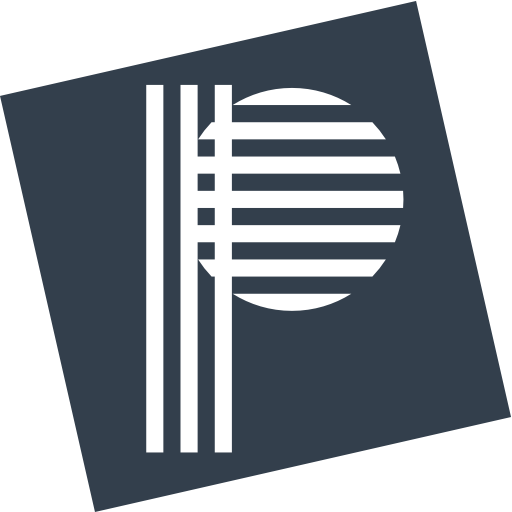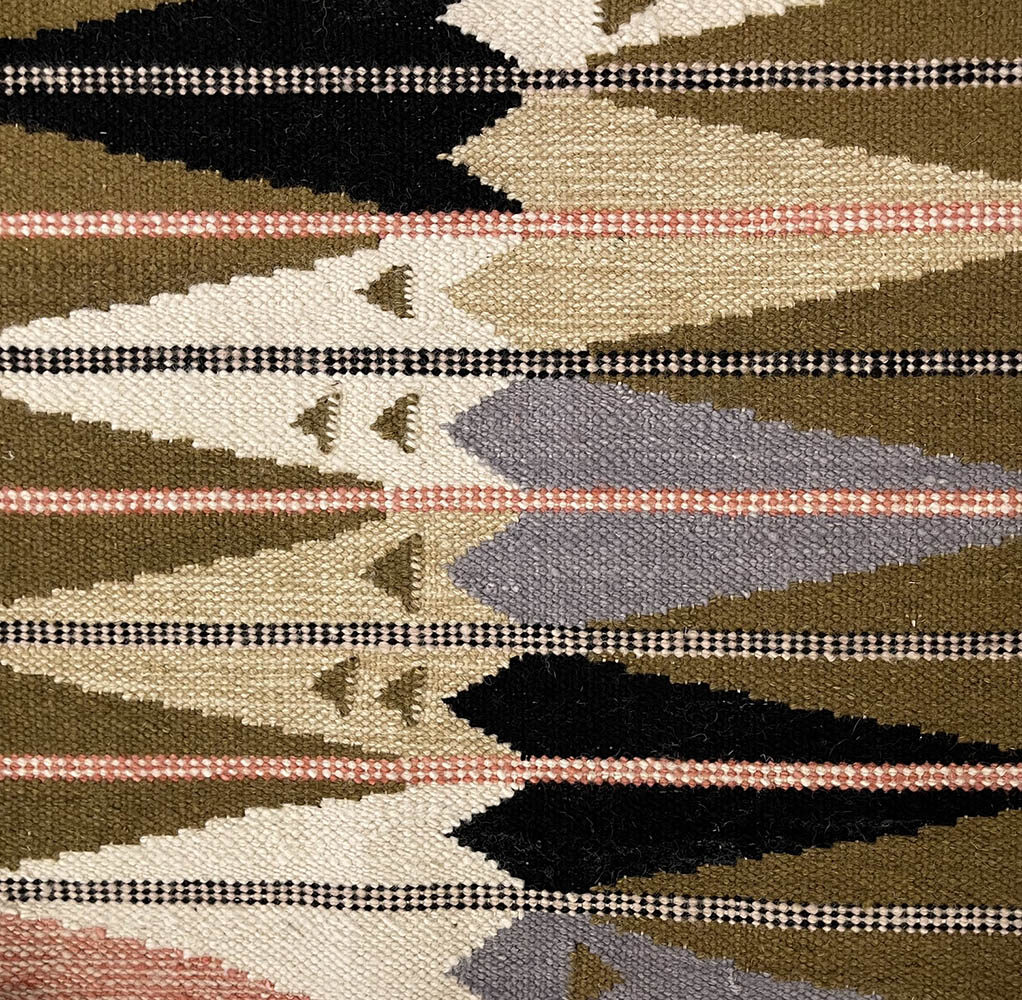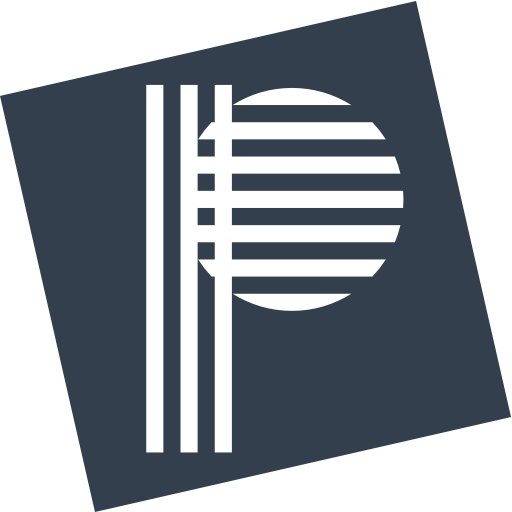At Peter Page, our principles honour the craft of rug making and our collections take inspiration from many timeless designs and techniques of the past. One such style is the much loved Scandinavian flatweave, truly versatile and timeless in both design and make up. We have taken the principles and design elements of this traditional style to create our own love letters to the Swedish Rölakan rugs in a new collection; designed by Peter and Jo in our London studio and made by our specialist craftsmen in India.
Up until the 12th century, rugs came into Scandinavia through trade routes from Persia and were sought after for their insulating properties, used on floors and walls and even as clothes. Soon Scandinavians developed their own techniques to weave kilims. The Swedish called them Rölakan, mimicking the oriental designs in a limited palette of white, black and grey (the natural tones of sheep’s wool). This technique further developed into Raya, what we recognise as a shaggy rug, but more on that in a future blog. As time progressed and they began to experiment with natural dyes and techniques, the original Rölakan developed into what we would recognise as a classic Scandinavian flatweave.
These rugs were mostly woven by women from wealthy families, and the rug’s purpose developed from the utilitarian practicality of insulation into a more decorative style. Rölakan rugs had their own design vocabulary – much of it taken from Swedish folklore using flora and fauna, people and hunting animals. These naturalistic motifs then developed into more minimalist modern designs using vibrant geometry and earthy natural tones.
When designing a Scandinavian style flatweave it is impossible not to pay our respects to the women weavers of the early 20th Century, Märta Måås-Fjetterström, Barbro Nilsson, Ann-Marie Forsberg, Ingrid Dessau and Marianne Richter who wove from weaving studios in Båstad, Sweden. These women pioneered the more geometric designs, and it is their work that brought the Scandinavian flatweave to the international stage. By the 1940’s, after being endorsed by design greats such as Le Corbusier, Ray Eames and Frank Lloyd Wright, Swedish rugs quickly became a highly desirable commodity. Their paired-down compositions with precisely balanced simple lines and squares became collectors items and are still heavily sought after today. The weaving technique used to make these rugs is one employed in all flatweaves, but the warp of a Scandinavian piece is most often linen, specially twisted in various gauges depending on the density of the rug, and the weft is the finest wool carefully selected for durability and lustre. The yarn is dyed to match artwork or carefully selected wool samples, using a synthetic colourfast pigment, and the rugs are handwoven to follow a mocked up design graph. These graphs are often a piece of art in themselves. The weaving is called a double interlocked tapestry, in which the weft threads interlock on the reverse of the textile.
We have taken the principles and design elements of this traditional style to create our own collection. We hope that these rugs illustrate our love of the traditional Scandinavian Rölakan – re-interpreted for a modern design aesthetic.




